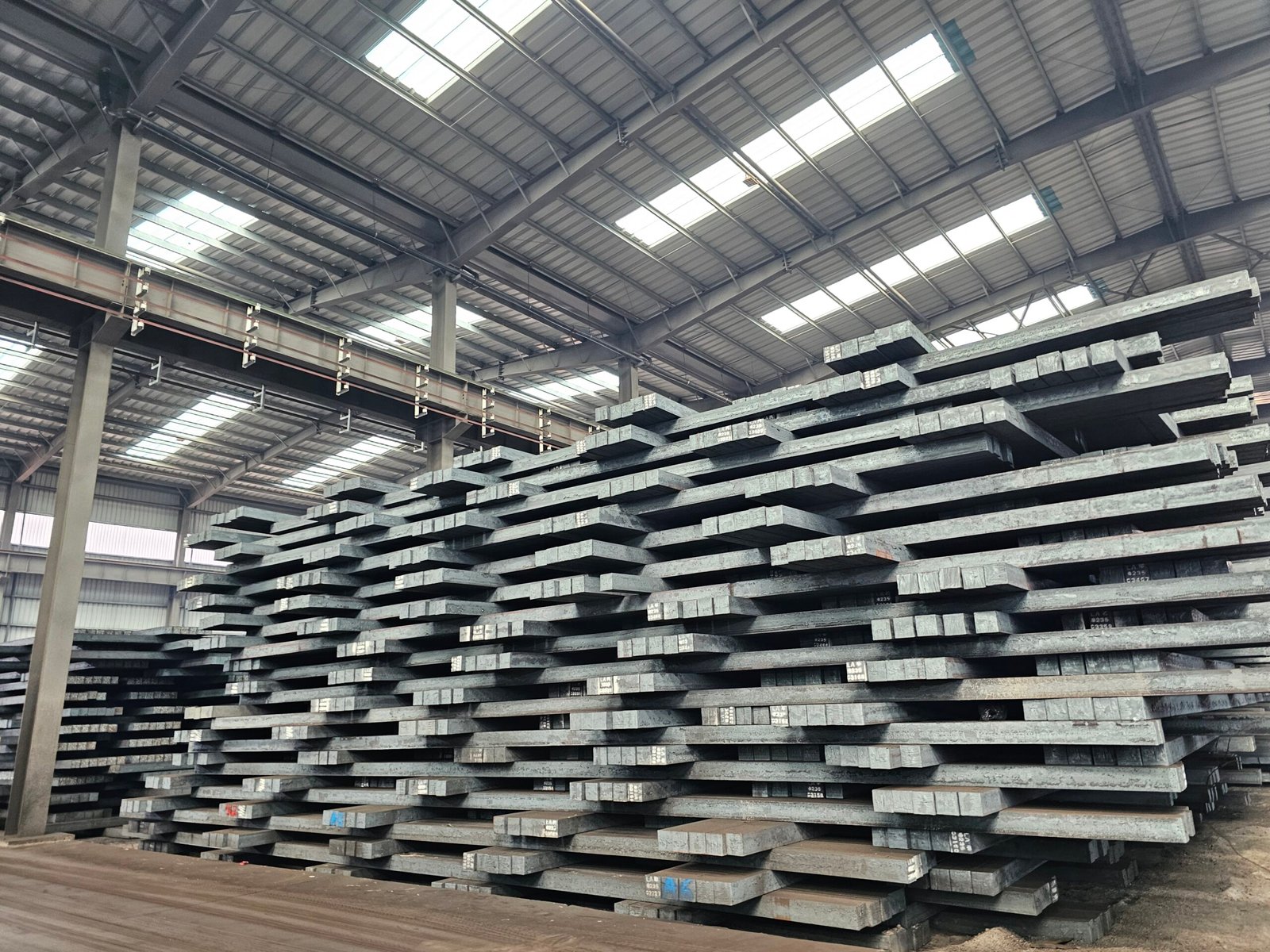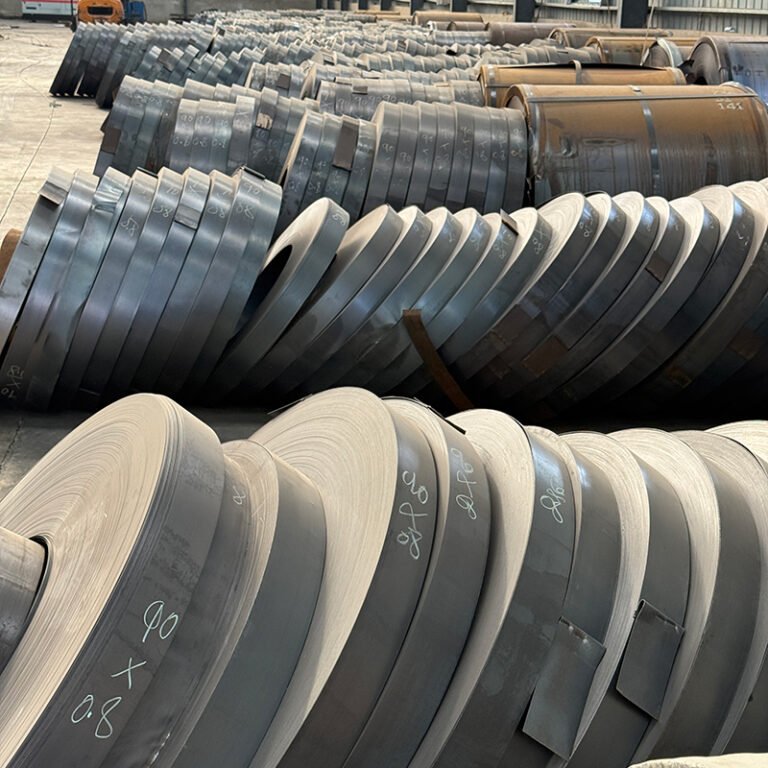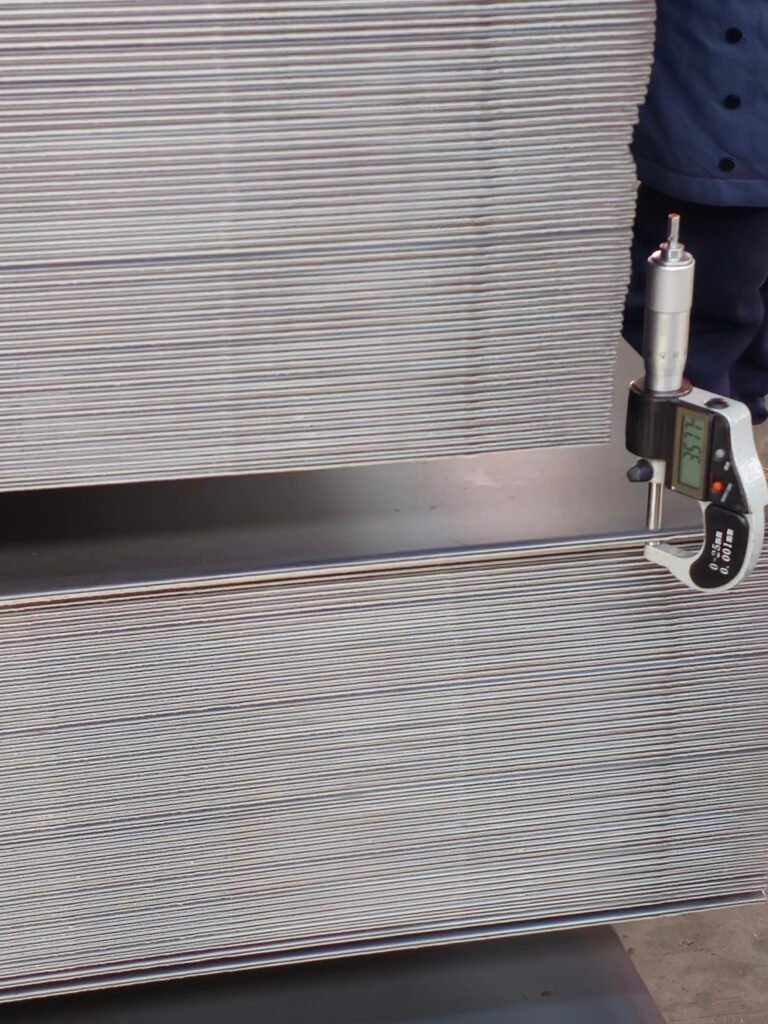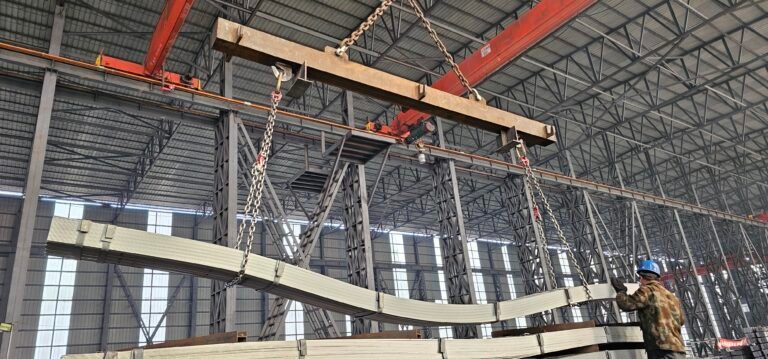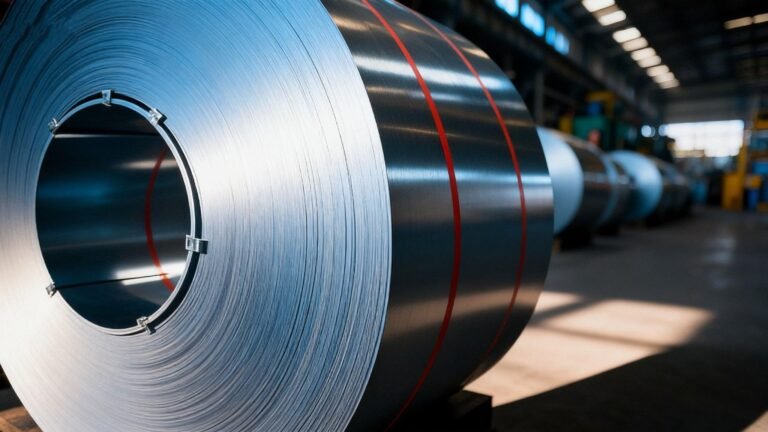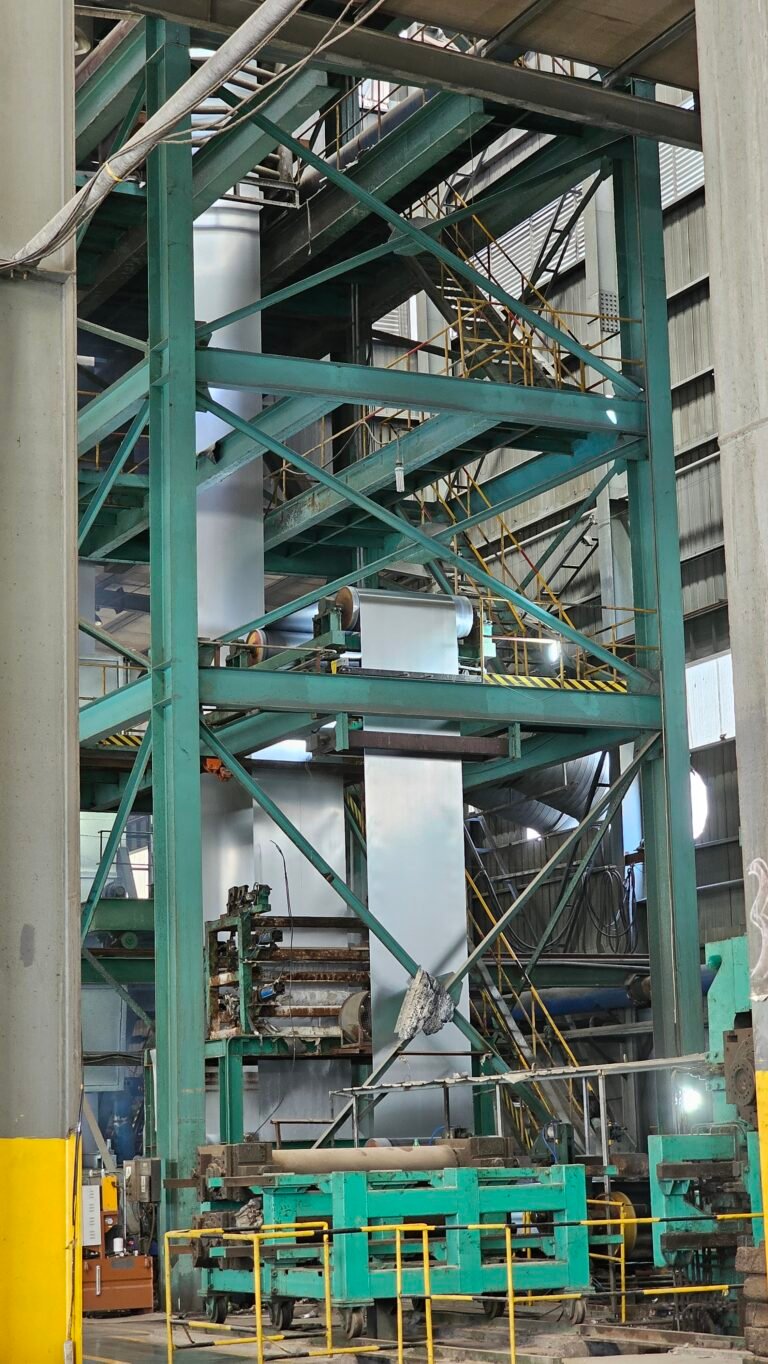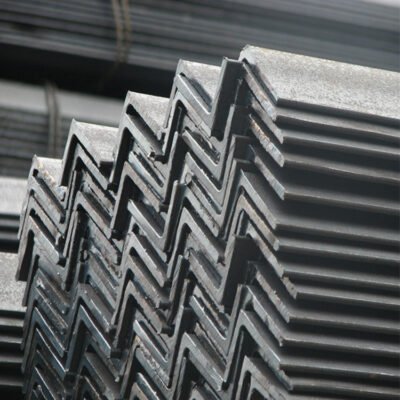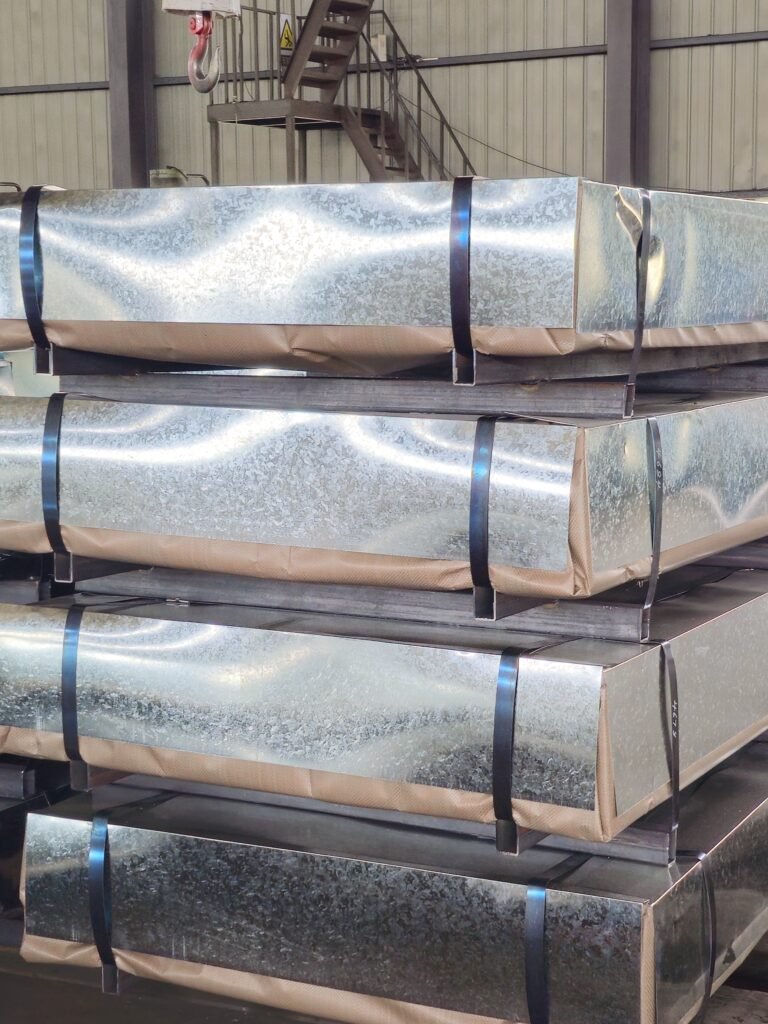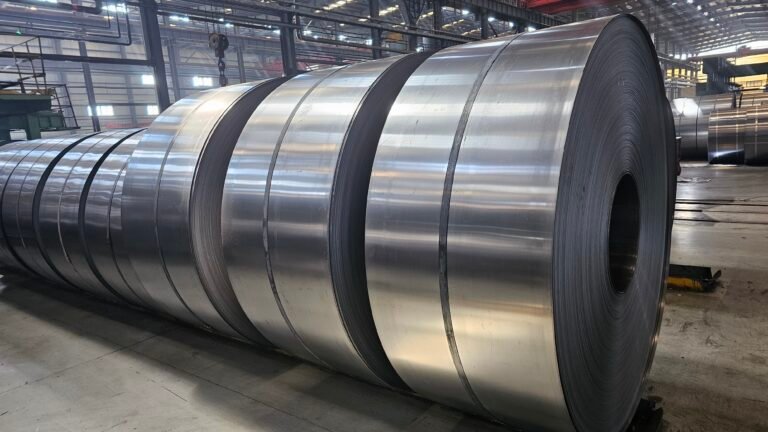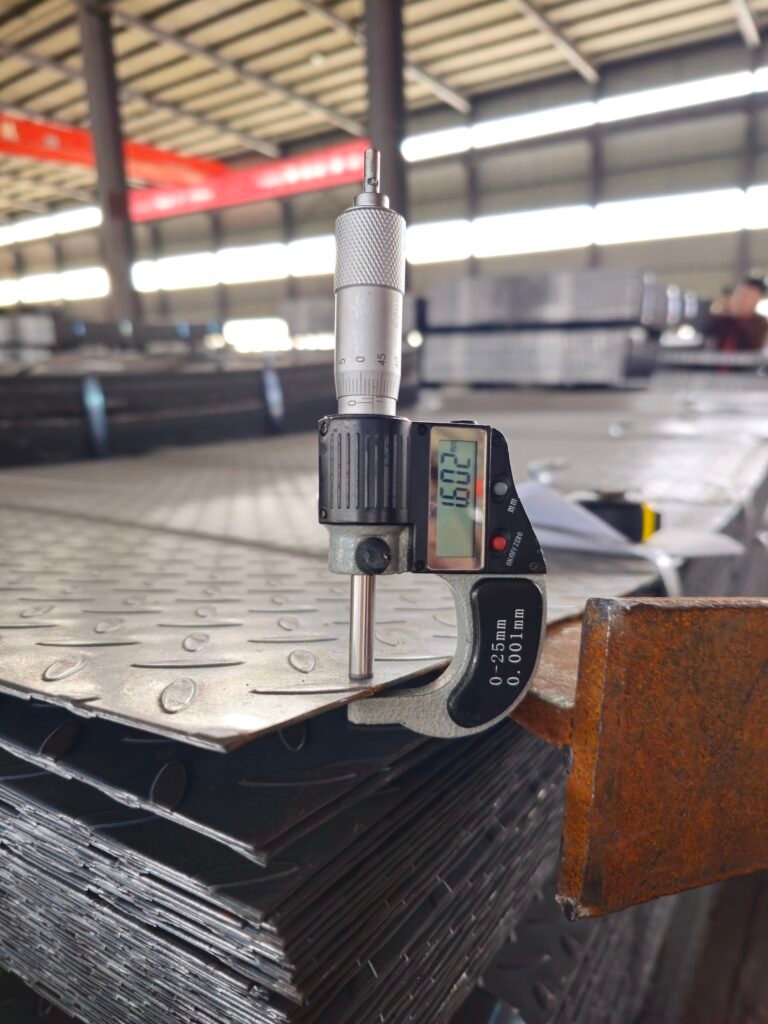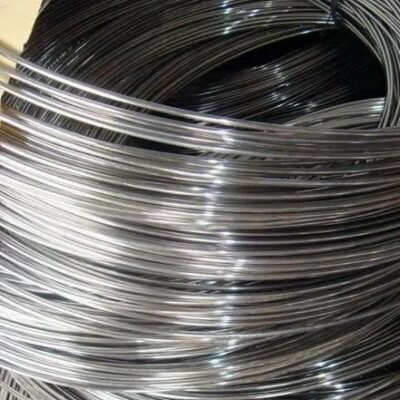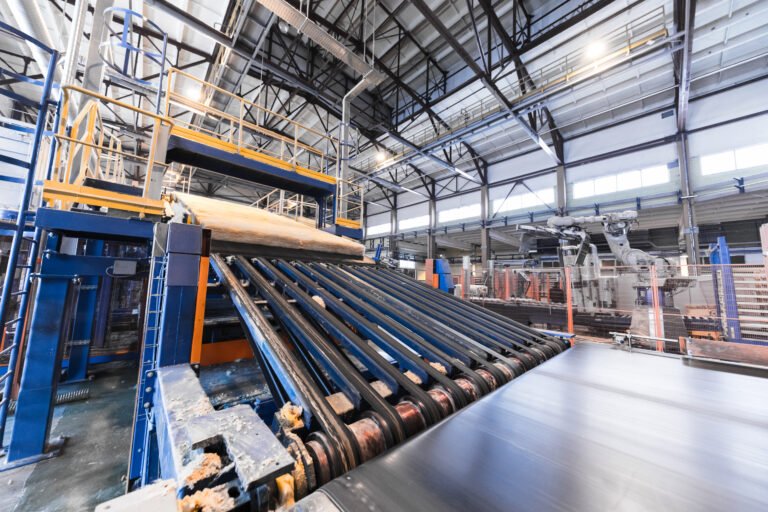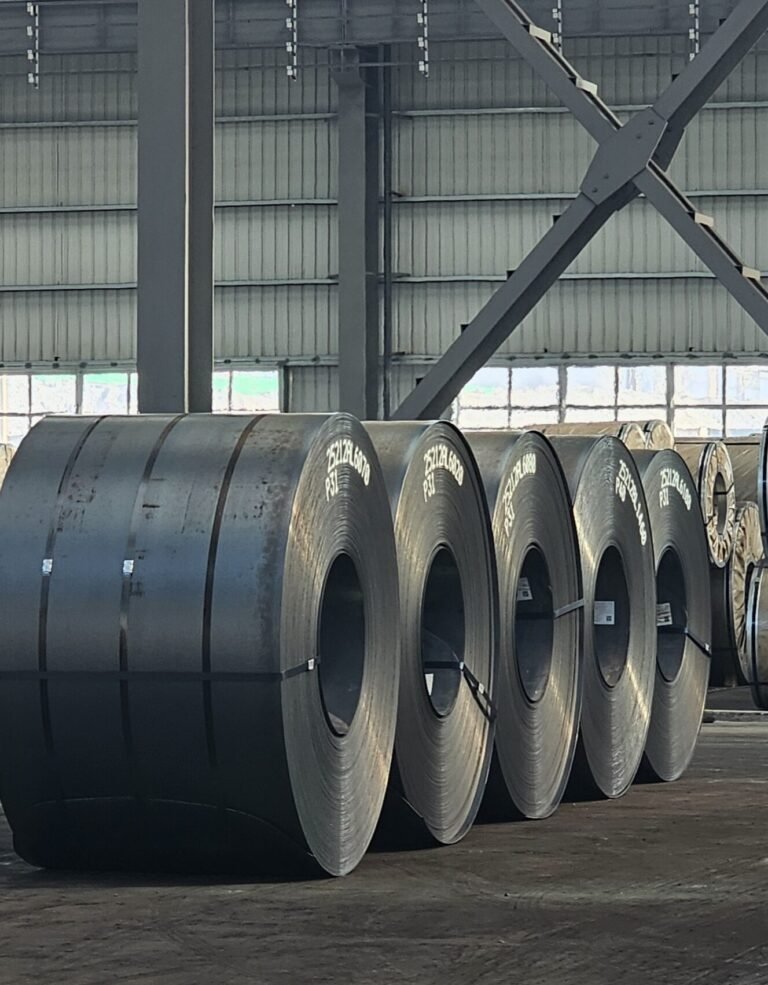The average car contains about 900 kilograms of steel, while a modern wind turbine requires over 100 tons of this versatile alloy.
Introduction: The Material That Built Our World
From the skyscrapers that define our skylines to the cars we drive and the cans that preserve our food, steel is everywhere. This remarkable alloy has been fundamental to human progress for thousands of years, yet few people understand what makes it so special. Steel is an alloy of iron and carbon, typically containing less than 2% carbon, which gives it superior strength and flexibility compared to pure iron.
The versatility of steel stems from its unique atomic structure and the ability to alter its properties through various manufacturing processes. Despite the emergence of new materials like plastics and composites, steel remains the backbone of modern industrialization. In fact, world steel production has surpassed 1.8 billion tons annually, with China accounting for more than half of global production .
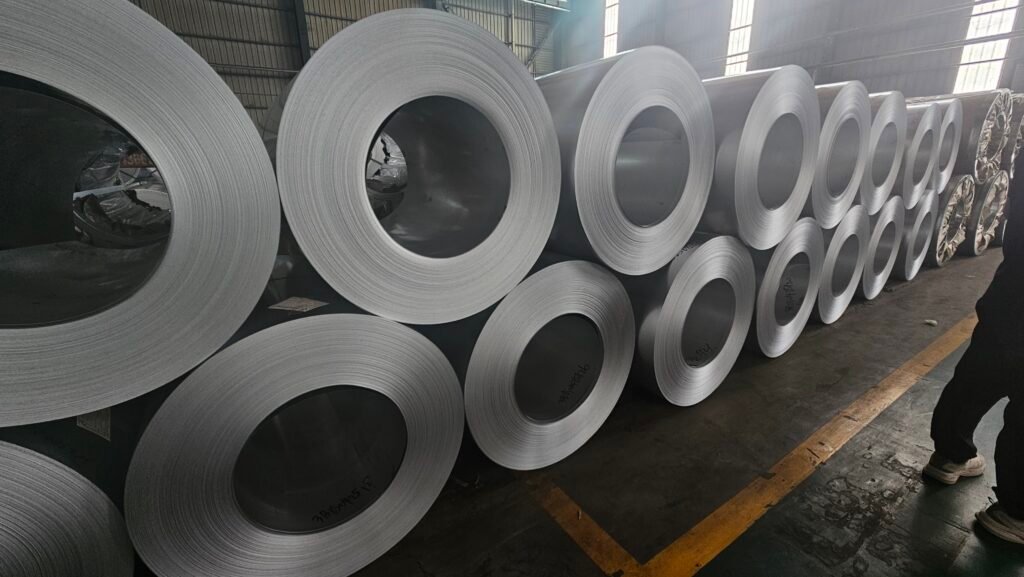
What Exactly Is Steel?
The Basics of Metallurgy
At its simplest, steel is an alloy of iron and carbon, but this definition barely scratches the surface of this complex material. The addition of carbon to iron prevents the atoms from sliding past one another too easily, making the resulting material stronger than pure iron. The exact amount of carbon, along with other alloying elements, determines steel’s properties.
Steel falls under the category of ferrous metals, a term that encompasses iron, chromium, manganese, and their alloys. The name can be misleading since these metals aren’t actually black in appearance. Pure iron and chromium are silver-white, while manganese is silver-gray. The term “ferrous metals” originated from the observation that steel often develops a black oxide layer (Fe3O4) on its surface, and manganese and chromium are primarily used in producing dark-colored alloy steels .
Types of Steel and Their Applications
- Carbon Steels: Account for approximately 90% of steel production. Classified as low, medium, and high carbon steels, with varying strength and ductility properties.
- Alloy Steels: Contain additional elements like chromium, nickel, or molybdenum to enhance specific properties such as corrosion resistance or strength.
- Stainless Steels: Contain at least 10.5% chromium, providing exceptional corrosion resistance for applications in medical equipment, kitchenware, and architecture.
- Tool Steels: Specially formulated for cutting, drilling, and shaping other materials.
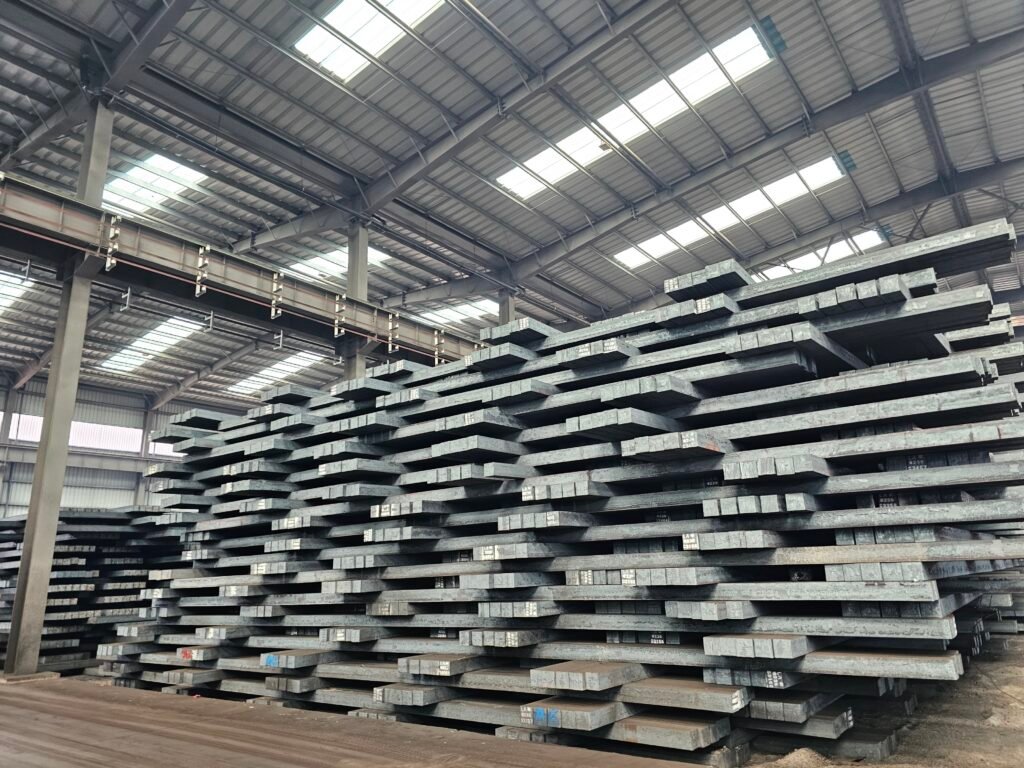
The Journey of Steelmaking: From Ore to Product
The modern steel production process typically involves two main routes:
- Blast Furnace-Basic Oxygen Furnace (BF-BOF): This traditional method uses iron ore as the primary raw material, accounting for about 70% of global steel production.
- Electric Arc Furnace (EAF): This method primarily uses recycled steel as feedstock and represents approximately 30% of global production.
The development of these industrial processes represents centuries of innovation. After World War II, new steel varieties emerged rapidly, including ductile iron, alloy iron, heat-resistant steel, stainless steel, nickel alloys, and titanium alloys, which were applied in actual production . Today, the industry continues to evolve with developments in nanometals, high/medium entropy alloys, directionally solidified columnar and single crystal alloys, metal matrix composites, and shape memory alloys .
Global Steel Production by Method
| Production Method | Percentage of Global Production | Primary Raw Materials | Energy Intensity |
|---|---|---|---|
| BF-BOF Route | 70% | Iron ore, coal | High |
| EAF Route | 30% | Recycled steel, electricity | Moderate |
Why Steel Dominates Modern Infrastructure
The Strength-to-Cost Advantage
Steel’s unparalleled strength relative to its cost makes it economically viable for massive construction projects. The emergence of various steel materials has become an important material foundation for human social development, supporting agricultural modernization, industrial modernization, national defense, and scientific technological modernization . From agricultural tools and mechanical parts to daily necessities, and from airplanes, missiles, rockets, satellites, and nuclear submarines to cutting-edge weapons and atomic energy, television, communications, radar, electronic computers, most components or parts required by cutting-edge technologies are made of metal .
Recyclability: The Sustainable Choice
Steel is 100% recyclable without degradation in quality, making it one of the world’s most recycled materials. Approximately 40% of steel production now comes from recycled materials. The recyclability of steel is symbolized in the logo of China Baowu Steel Group, the world’s largest steel producer, which incorporates the Möbius strip concept to represent the continuous cycle of steel production and recycling .
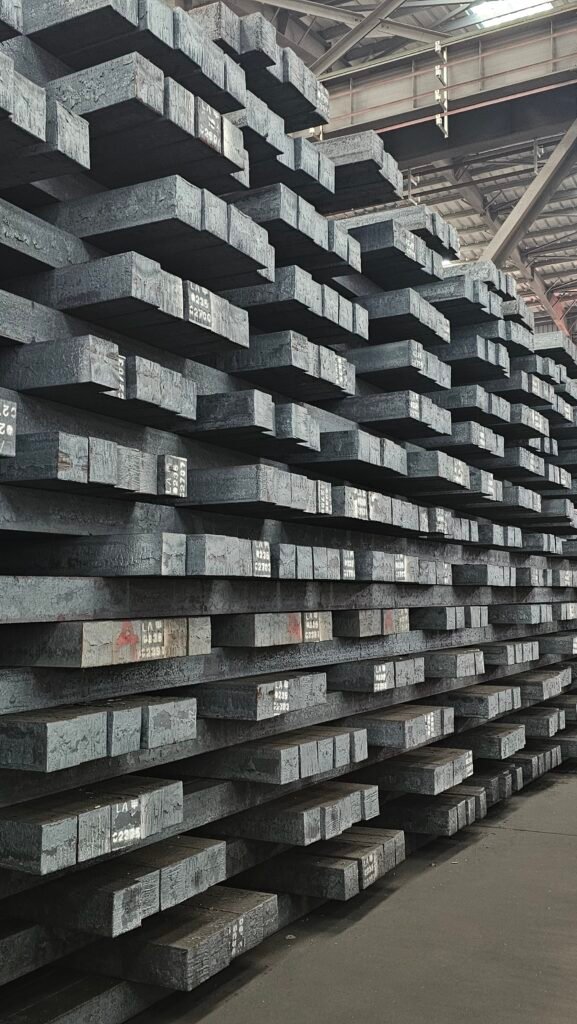
Innovation in the Steel Industry
China’s Rise in Steel Technology
China’s steel industry has undergone a remarkable transformation. As Professor Wang Guodong, an academician of the Chinese Academy of Engineering, noted: “We are deeply aware that we cannot use others’ yesterday to outfit our tomorrow. We must create our own most beautiful, world-leading tomorrow” . This philosophy has driven innovation across the Chinese steel sector.
A prime example of this innovation is the development of ’super steel’ in China. In the 1990s, instead of blindly following the Japanese and Korean approach of pursuing extreme grain refinement, Chinese researchers proposed the concept of appropriate grain refinement and successfully rolled “super steel” on Baosteel’s 2050 production line in 1999, creating four world-first records in international competition .
The “Four-Dimensional Convergence” Innovation Model
Modern steel innovation employs what Professor Wang calls the “four-dimensional convergence mechanism,” which involves:
- Interdisciplinary integration: Combining materials science with information technology, mechanical engineering, and energy environmental science.
- Industry collaboration: Strengthening coordination between different industrial sectors.
- Industry-academia-research integration: Deep collaboration between producers, universities, and research institutions.
- Process-equipment-product-service integration: A holistic approach to innovation .
This approach has facilitated the digital transformation of the steel industry and the development of artificial intelligence applications in steel production .
Steel Industry Innovation Timeline
Pre-20th Century → Basic steel production methods
Mid-20th Century → Development of specialized alloys
Late 20th Century → Process optimization and automation
Early 21st Century → Green steel technologies and digitalization
Present → AI integration and Industry 4.0 applicationsIconic Steel Company Logos and Their Meanings
The branding of major steel companies often reflects core industry values:
- China Baowu Steel Group: Features a Möbius strip concept, representing the continuous cycle of steel production and the company’s commitment to sustainability .
- Ansteel Group: Incorporates rail and pig iron sectional shapes that also resemble a mountain, representing the company’s geographical location and rich mineral resources .
- Shougang Group: The “SG” logo resembles a planet in motion, symbolizing the company’s global ambitions .
- Shagang Group: Simple, bold lettering that reflects the strength and reliability of steel itself .
These logos represent not just companies but the enduring values of the steel industry: strength, resilience, and permanence.
The Future of Steel
The future of steel lies in developing greener production methods and smarter materials. The industry is focusing on reducing its carbon footprint through hydrogen-based reduction processes and carbon capture technologies. Meanwhile, material scientists are creating new steel varieties with enhanced properties:
- Stronger and lighter alloys for automotive applications that improve fuel efficiency.
- Self-healing metals that can repair minor damage automatically.
- Smart steels with embedded sensors for infrastructure monitoring.
As China’s steel industry has demonstrated, the future involves moving from following and running in parallel to taking the lead in steel technology worldwide . This requires whole-industchain innovation. As Professor Wang emphasized: “To make the industrial chain strong and resilient, internal coordination is essential” .
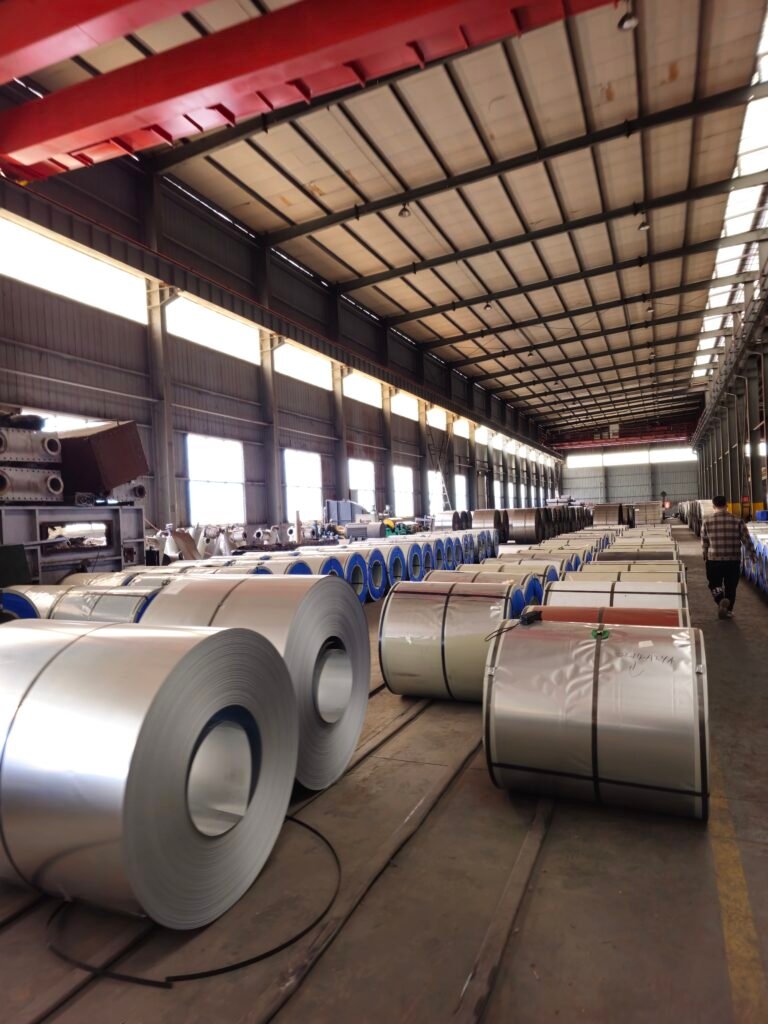
Conclusion: The Indispensable Material
Steel has been the backbone of human civilization for millennia, from the earliest iron tools to the skyscrapers that define modern cities. Its unique combination of strength, durability, and recyclability makes it indispensable for addressing contemporary challenges like climate change, urbanization, and sustainable development.
As we look to the future, steel will continue to evolve, playing a critical role in emerging technologies from renewable energy infrastructure to advanced transportation systems. The next time you see a steel-framed building or hold a stainless steel utensil, remember the incredible science, history, and innovation contained within this remarkable material that continues to shape our world.
As the author of the Baowu Steel logo stated: “Steel is a recyclable material; Baowu is a sustainable enterprise” . This simple phrase captures the enduring promise of steel—a material that keeps reinventing itself for each new generation.
Related Articles:
- The Revolution in Green Steel Production
- How Ancient Metallurgy Shaped Modern Civilization
- The Science Behind Self-Healing Materials
